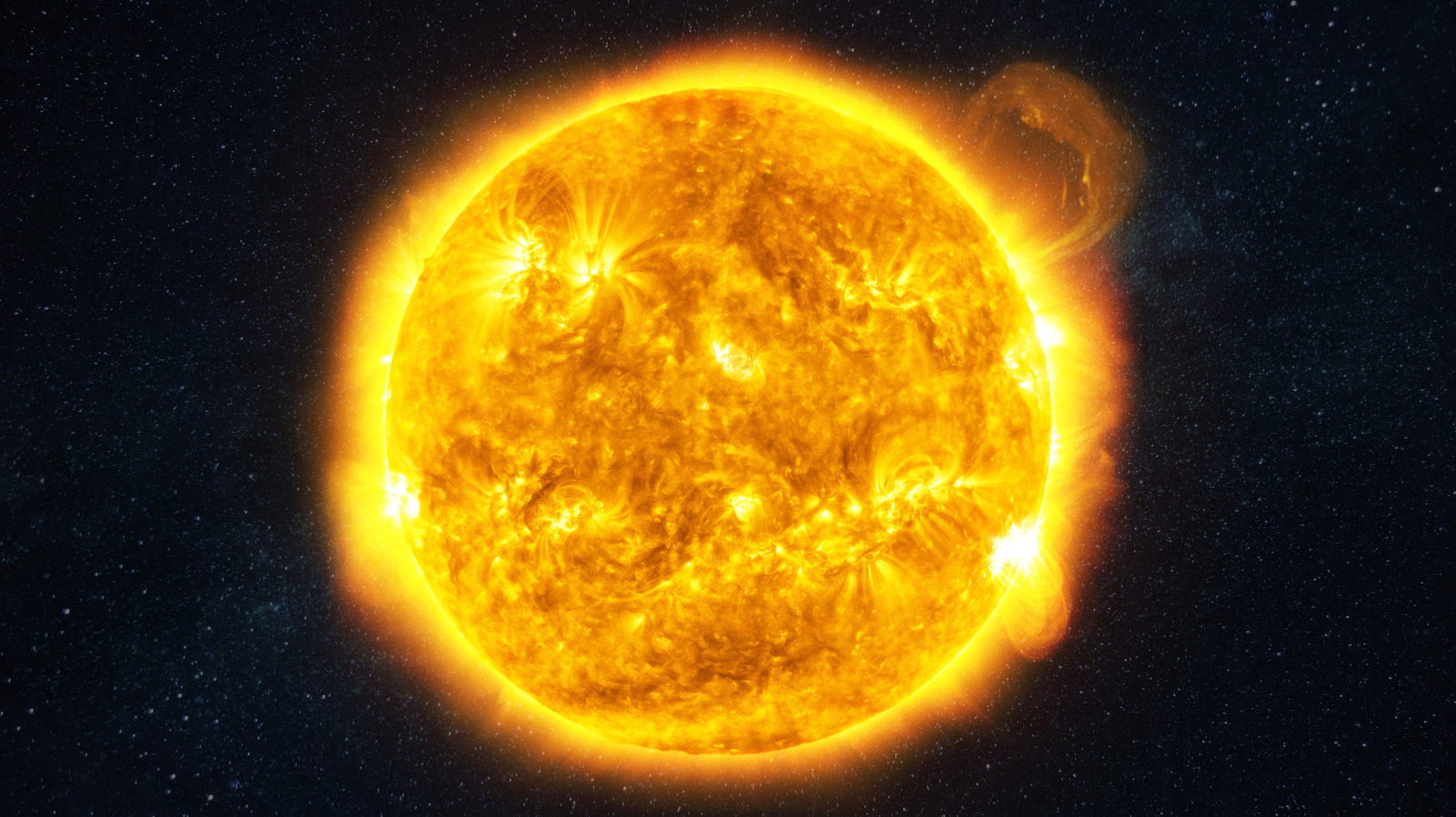Science
Solar Storms Surge in 2025, Impacting Technology and Navigation

Recent findings indicate a significant increase in solar activities, with solar storms becoming more frequent in 2025. Scientists previously believed that the sun had entered a “deep solar minimum” phase, characterized by minimal activity from the 1980s until 2008. However, since 2008, the sun has displayed a marked increase in activity, leading to more frequent solar flares and coronal mass ejections.
Researchers at NASA’s Jet Propulsion Laboratory have reported a rise in plasma explosions and stronger magnetic fields, indicating a shift towards increased solar activity. Last year, the sun produced the strongest solar storm in over two decades, which allowed the northern lights to be visible as far south as Mexico. While these stunning auroras can captivate observers, the potential disruption from solar storms poses serious concerns for modern technology.
Impact on Technology and Global Infrastructure
Solar storms can significantly disrupt critical technologies, including power grids, GPS systems, and radio communications. The dangers extend beyond the beauty of auroras; a powerful solar storm can lead to severe consequences. For instance, a geomagnetic storm in 1989 caused widespread power outages in Quebec, cutting off electricity to millions in just 90 seconds.
In today’s interconnected world, the risk is even greater. High-frequency radio signals, essential for aviation, maritime navigation, and emergency communications, are particularly vulnerable during solar storms. Additionally, GPS technology, crucial for everything from navigation to daily apps, can malfunction, leading to operational challenges.
Satellites are also at risk, as they do not benefit from the protective barrier of Earth’s atmosphere. Strong solar flares can damage satellite circuits, hinder operations, and shorten their lifespan. With the growing number of satellites in orbit, adapting this technology is becoming increasingly important.
Health Risks and Future Monitoring
Despite concerns about solar activity, current research indicates minimal health risks from solar flares for those protected by Earth’s atmosphere. While some studies have explored potential links between solar activity and health issues like heart problems and migraines, the evidence remains inconclusive. The primary impacts on the general public are likely to manifest as temporary disruptions in telecommunications and power outages.
NASA is proactively addressing these challenges. The space agency is investing in projects such as the Interstellar Mapping and Acceleration Probe (IMAP), which aims to enhance early warning systems for solar events. This initiative is part of a broader effort to prepare for a future characterized by more frequent solar storms.
While solar storms may cause inconvenience, such as dropped Wi-Fi signals or rerouted flights, they also offer a silver lining. These phenomena can bring the northern lights to areas far from the Arctic Circle, allowing more people to experience this natural wonder.
As society becomes increasingly reliant on technology, understanding and preparing for the implications of solar storms is essential. With enhanced monitoring and improved forecasting, scientists hope to mitigate the potential impacts of these solar events on our daily lives.
-

 Lifestyle5 months ago
Lifestyle5 months agoLibraries Challenge Rising E-Book Costs Amid Growing Demand
-

 Sports4 months ago
Sports4 months agoTyreek Hill Responds to Tua Tagovailoa’s Comments on Team Dynamics
-

 Sports4 months ago
Sports4 months agoLiverpool Secures Agreement to Sign Young Striker Will Wright
-

 Lifestyle4 months ago
Lifestyle4 months agoSave Your Split Tomatoes: Expert Tips for Gardeners
-

 Lifestyle4 months ago
Lifestyle4 months agoPrincess Beatrice’s Daughter Athena Joins Siblings at London Parade
-

 Science4 months ago
Science4 months agoSan Francisco Hosts Unique Contest to Identify “Performative Males”
-

 World4 months ago
World4 months agoWinter Storms Lash New South Wales with Snow, Flood Risks
-

 Science5 months ago
Science5 months agoTrump Administration Moves to Repeal Key Climate Regulation
-

 Business5 months ago
Business5 months agoSoFi Technologies Shares Slip 2% Following Insider Stock Sale
-

 Science5 months ago
Science5 months agoNew Tool Reveals Link Between Horse Coat Condition and Parasites
-

 Sports5 months ago
Sports5 months agoElon Musk Sculpture Travels From Utah to Yosemite National Park
-

 Science5 months ago
Science5 months agoNew Study Confirms Humans Transported Stonehenge Bluestones









